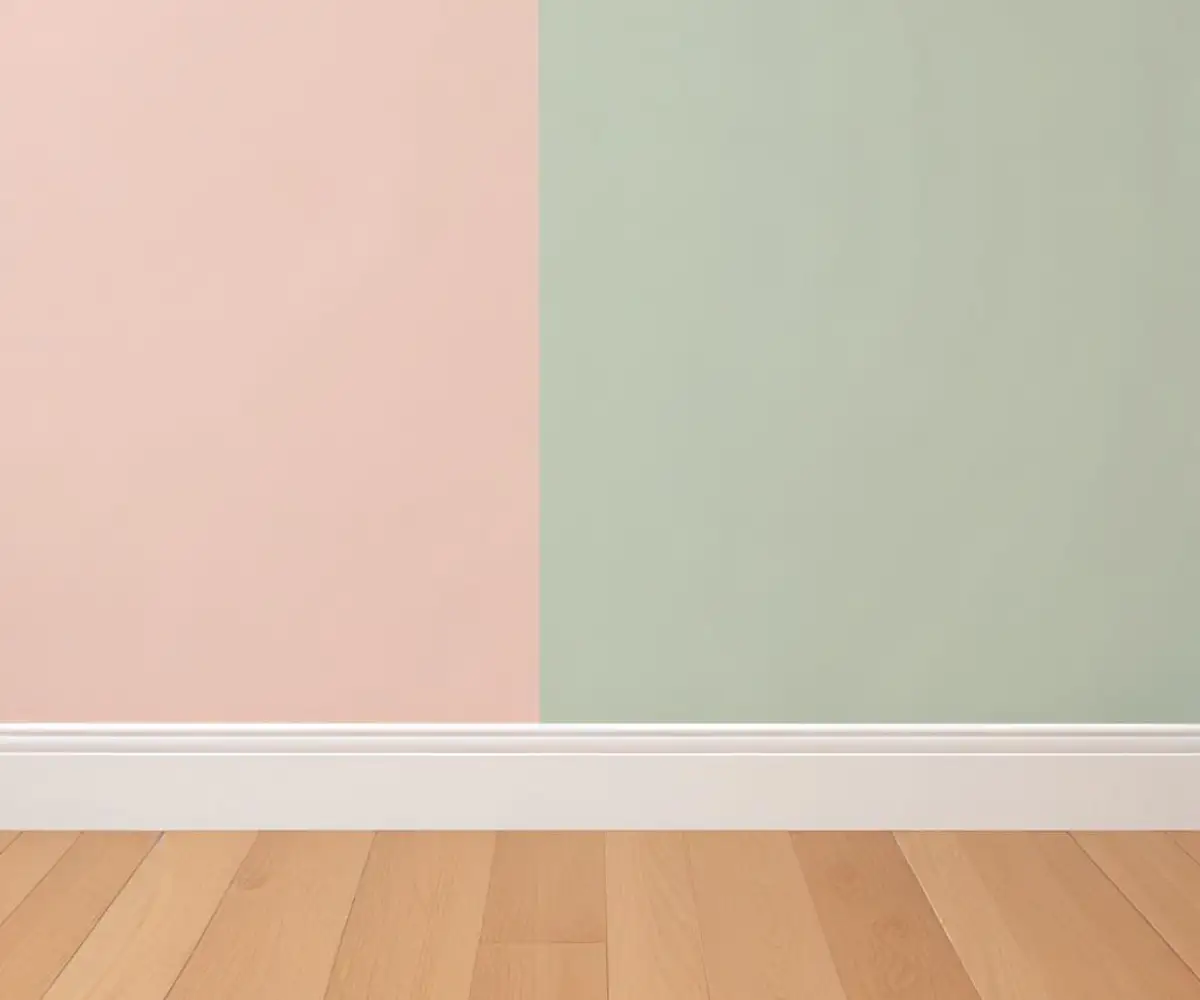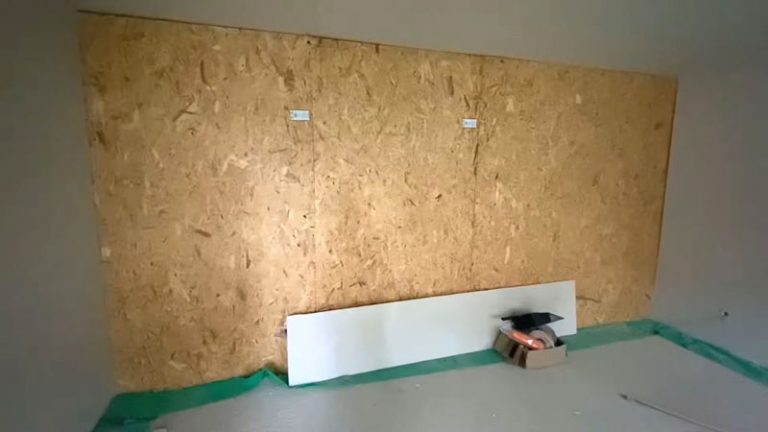PVC vs MDF Baseboard: The Ultimate Showdown for Your Home
Choosing the right baseboard material feels like a minor detail, but it’s a decision that has a major impact on your home’s durability and aesthetic. Get it wrong, and you could be dealing with water damage, dents, and constant repainting. This is the core problem homeowners face: picking a material that not only looks good but can also withstand the tests of time and daily life.
The choice often comes down to two popular contenders: Polyvinyl Chloride (PVC) and Medium-Density Fiberboard (MDF). They look similar on the shelf, but their performance couldn’t be more different. Understanding their fundamental differences is the key to avoiding costly mistakes and ensuring a flawless, long-lasting finish for your walls.
You'll Learn About
What Is MDF Baseboard and Why Is It So Popular?
Medium-Density Fiberboard (MDF) is an engineered wood product. It’s made by breaking down hardwood or softwood residuals into wood fibers, combining them with wax and a resin binder, and forming panels by applying high temperature and pressure. This process creates a very smooth, consistent material without any of the knots or grain patterns found in solid wood.
Its popularity comes down to cost and aesthetics. MDF is significantly cheaper than both solid wood and PVC, making it a go-to for budget-conscious builders and renovators. Its perfectly smooth surface is also ideal for painting, providing a flawless finish that many homeowners desire.
The Hidden Weakness of MDF: Water
The biggest drawback to MDF is its extreme vulnerability to moisture. The wood fibers act like a sponge, soaking up any water they come into contact with. This causes the material to swell, warp, and bubble, creating an unsightly and often irreparable mess. Even a small amount of moisture from mopping a floor can lead to damage over time.
Once MDF gets wet, it loses its structural integrity and essentially turns to mush. It cannot be dried out and reshaped. The only solution is a full replacement, which can be a costly and time-consuming process. This makes MDF a poor choice for bathrooms, kitchens, basements, or any area prone to humidity or spills.
What is PVC Baseboard and Why is it a Game-Changer?
PVC, or Polyvinyl Chloride, is a type of plastic. It’s a synthetic material that is completely impervious to water. This makes it an ideal choice for trim and molding in any room of the house, but especially in moisture-prone areas where you would never want to install MDF. Think of it as the ultimate defensive shield for the base of your walls.
It’s lightweight, flexible, and resistant to many of the common issues that plague wood-based products. It won’t rot, warp, or encourage mold growth. This inherent durability offers peace of mind that is simply not possible with MDF.
Beyond Water Resistance: The Other Strengths of PVC
PVC’s benefits don’t stop at being waterproof. It’s also incredibly durable and resistant to dents, scratches, and dings from vacuums or furniture. Unlike MDF, which can dent easily upon impact, PVC flexes and bounces back, maintaining its pristine appearance for much longer. This resilience makes it a superior choice for high-traffic areas.
Furthermore, PVC is exceptionally easy to work with. It can be cut and nailed just like wood, often with the same tools. Many homeowners find that a versatile tool is perfect for making precise cuts. If you’re weighing your options, understanding the difference in a multi tool vs jigsaw can make the installation process much smoother.
The Head-to-Head Comparison: PVC vs MDF Baseboard
When you put these two materials side-by-side, the differences become crystal clear. The right choice for your project depends on balancing cost, durability, and the specific environment where the baseboards will be installed. One material offers unbeatable value for dry areas, while the other provides ultimate protection against the elements.
Let’s break down the key factors to consider, from initial cost and installation to long-term performance and maintenance. This detailed comparison will help you make an informed decision and avoid any future renovation regrets.

Durability and Water Resistance
This is the category where PVC truly shines. PVC is 100% waterproof, making it the undeniable winner for any space with potential moisture. It will not swell, rot, or degrade when exposed to water. This makes it the perfect, worry-free option for bathrooms, laundry rooms, and even kitchens. If you’re installing trim in these areas, consider a guide on baseboard under kitchen cabinets to ensure a professional finish.
MDF, on the other hand, is extremely susceptible to water damage. Even minor exposure can lead to irreversible swelling and deterioration. While some MDF products are marketed as “moisture-resistant,” they are not waterproof and will still be damaged by direct contact with water over time. In terms of overall durability, PVC is also more resistant to dents and scratches than the softer surface of MDF.
Cost: The Initial Investment
Cost is often the primary reason people choose MDF. MDF is significantly more affordable than PVC, sometimes costing less than half the price per linear foot. For large projects or those on a tight budget, this cost savings can be very attractive. The low price point makes it a popular choice for contractors and builders working on new construction in dry areas of a home.
PVC comes with a higher upfront cost. However, it’s crucial to think about the long-term value. The cost of replacing damaged MDF in a bathroom or basement will quickly exceed the initial savings. When you factor in the longevity and resilience of PVC, the higher initial price can be seen as an investment in your home’s future.
Installation and Workability
Both materials are relatively easy for DIYers to install. MDF cuts very smoothly, creating clean edges with no splintering. However, the dust created when cutting MDF is very fine and contains urea-formaldehyde, so a respirator mask and good ventilation are essential. Because it’s more rigid, MDF can be more challenging to install on walls that aren’t perfectly straight.
PVC is more flexible than MDF, which is a huge advantage when working with slightly curved or uneven walls. It cuts cleanly and is lighter, making it easier to handle. One significant advantage is that it doesn’t create the same harmful dust as MDF, making for a cleaner and safer work environment. Both materials can be installed using a combination of construction adhesive and finishing nails.
Painting and Finishing
MDF is prized for its paintability. Most MDF baseboards come pre-primed and have a completely smooth surface that is perfect for achieving a glass-like paint finish. There’s no wood grain to worry about, so with proper prep, you can get a very professional look. However, if the surface gets scratched, the underlying brown fiber material will be exposed, requiring immediate touch-ups to prevent moisture intrusion.
PVC baseboards typically come in a standard white finish and do not require painting. The color is integral to the material, so scratches are less noticeable. If you do wish to paint them a different color, it’s absolutely possible, but it requires the right approach. You must use a 100% acrylic or acrylic-latex paint and it’s highly recommended to scuff the surface lightly with sandpaper first to ensure proper adhesion.
Comparison Table: MDF vs. PVC at a Glance
To simplify the decision-making process, here is a clear, side-by-side comparison of the two materials. This table highlights the most important attributes to consider when selecting the right baseboard for your home improvement project. Use it as a quick reference guide to reinforce your choice.
| Feature | MDF (Medium-Density Fiberboard) | PVC (Polyvinyl Chloride) |
|---|---|---|
| Water Resistance | Poor; swells and disintegrates when wet. | Excellent; 100% waterproof and will not rot. |
| Durability | Softer material; prone to dents and scratches. | Highly durable; resistant to dents, dings, and scratches. |
| Cost | Low; very budget-friendly. | High; more expensive upfront investment. |
| Installation | Cuts smoothly but creates fine dust. Rigid. | Flexible for uneven walls. Lightweight and clean to cut. |
| Painting | Excellent; smooth, pre-primed surface. | Not required (comes in white). Can be painted with acrylic paint. |
| Best For | Dry areas like bedrooms, living rooms, and hallways. | Wet or humid areas like bathrooms, basements, and kitchens. |
The Final Verdict: Which Baseboard Should You Choose?
The decision between PVC and MDF baseboard ultimately comes down to the specific needs of your project. There is no single “best” material, only the material that is best for a particular application. By carefully considering the environment and your budget, you can make a choice that you’ll be happy with for years to come.
For bathrooms, basements, laundry rooms, or even kitchens, PVC is the clear and undisputed winner. Its waterproof nature provides essential protection and peace of mind against moisture damage, mold, and rot. The higher initial cost is a small price to pay to avoid the certainty of future repairs and replacements that MDF would require in these environments.
When MDF Makes Sense
Despite its flaws, MDF remains a viable option for certain areas of the home. If you are renovating a bedroom, living room, or hallway that has no history of moisture issues, MDF can be a great way to save money. Its smooth, paintable surface is perfect for achieving a high-end look on a budget. Before you make your final purchase, it’s wise to research the best place to buy baseboards to ensure you’re getting the best price on quality material.
However, you must be honest about the environment. If there’s any chance of spills, high humidity, or mopping mishaps, opting for PVC is the safer, smarter long-term investment for the health and integrity of your home.

